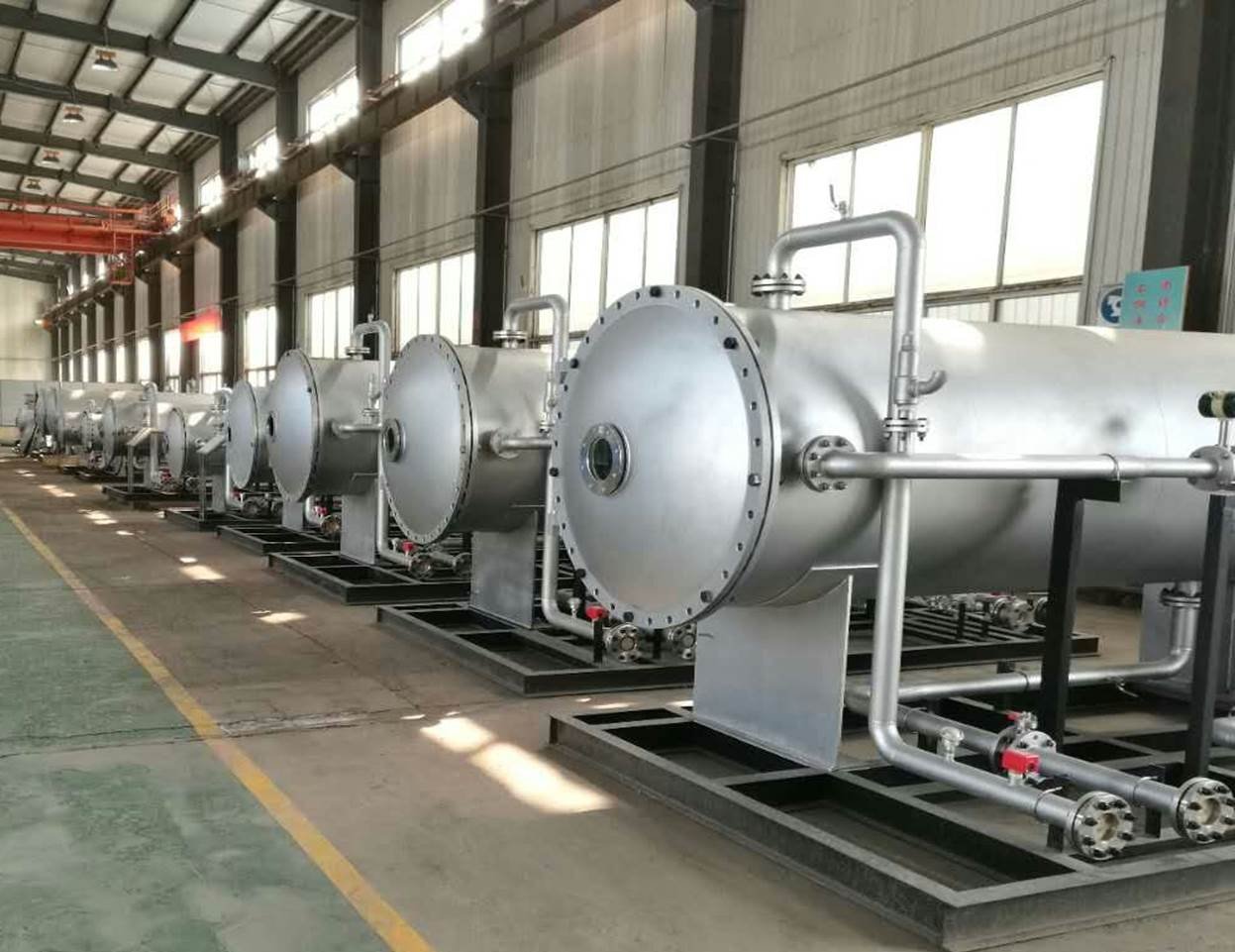How Many Wastewater Treatment Plants In The US

Title: Wastewater Treatment Plants in the U.S.: A Comprehensive Examination
Introduction
The importance of efficient wastewater management cannot be overstated in our modern world. As populations grow and industrial activities expand, the strain on our natural water resources intensifies. Wastewater treatment plants (WWTPs) play a pivotal role in mitigating this strain by treating and recycling wastewater, thus protecting public health and the environment. In this comprehensive article, we will delve into the number, types, and functionality of wastewater treatment plants across the United States.
The Anatomy of Wastewater Treatment
Before we discuss the numbers, it’s crucial to understand what wastewater treatment entails. Wastewater treatment is a multi-stage process designed to remove physical, chemical, and biological contaminants from water so that it can be safely returned to the environment or reused.
-
- Primary Treatment: This initial phase involves the removal of large solids using sieves and sedimentation. Grit, sand, and other heavier particles settle at the bottom while lighter materials are skimmed off the surface.
-
- Secondary Treatment: In this biological stage, which includes methods like activated sludge and bio-filtration, microorganisms are employed to break down organic matter. This reduces Biological Oxygen Demand (BOD) and Total Suspended Solids (TSS).
-
- Tertiary Treatment: The final stage is optional but highly beneficial. It involves advanced processes like filtration, nutrient removal, and disinfection, often using chlorine or ultraviolet light, to ensure that the treated water is as clean as possible.
The State of Wastewater Treatment Plants in the U.S.
According to the U.S. Environmental Protection Agency (EPA), there are approximately 16,000 wastewater treatment plants across the country. These facilities account for a wide range of treatment capacities, from small plants serving individual communities to large complexes handling the waste of entire metropolitan areas.
Urban vs. Rural Distribution
-
- Urban Areas: Metropolitan areas like New York City, Los Angeles, and Chicago house some of the largest and most advanced treatment plants. For example, the Hyperion Treatment Plant in Los Angeles processes 275 million gallons of wastewater per day.
-
- Rural Areas: Smaller communities rely on modest plants designed to handle lower volumes. These facilities use simpler, often less expensive technology, which can make them vulnerable to operational challenges and environmental compliance issues.
Types of Facilities
-
- Publicly Owned Treatment Works (POTWs): Managed by local or state governments, these facilities receive and treat domestic sewage and industrial wastewater. The EPA reports that about 75% of municipalities in the U.S. are served by POTWs.
-
- Privately Owned Treatment Facilities: These serve specific industries or residential complexes. Industrial facilities often have their own plants designed to treat the kinds of contaminants specific to their production processes.
-
- Decentralized Systems: Include septic tank systems or package plants that are common in less densely populated regions. These systems are cost-effective but require vigilant maintenance to ensure long-term efficacy and environmental safety.
Regulatory Framework and Challenges
The Clean Water Act
Enacted in 1972, the Clean Water Act is a cornerstone of water quality legislation in the United States. It sets the framework for regulating discharges into the nation’s waters and authorizes the EPA to implement pollution control programs.
National Pollutant Discharge Elimination System (NPDES)
The NPDES program, part of the Clean Water Act, requires WWTPs to obtain permits specifying the types and quantities of pollutants they are allowed to discharge. Compliance with these permits is critical to maintaining the health of the nation’s water bodies.
Recent Developments and Innovations
Nutrient Removal
Modern wastewater treatment plants increasingly focus on removing nutrients like nitrogen and phosphorus, which can cause algae blooms and eutrophication in water bodies. Advanced biological treatments, membrane bioreactors, and chemical precipitation are among the methods employed.
Water Reuse and Recycling
Driven by water scarcity issues, especially in arid regions like California, there is growing interest in water reclamation. Recycled wastewater is treated to high standards and reused for purposes such as irrigation, industrial processes, and even as potable water in some cases.
Energy Efficiency and Recovery
Innovations are also making WWTPs more energy-efficient. Some plants use anaerobic digesters to capture methane from sludge, turning it into a source of renewable energy. The East Bay Municipal Utility District Wastewater Treatment Plant in Oakland, CA, is a notable example, generating more energy than it consumes.
Case Studies of Prominent Wastewater Treatment Plants
The Blue Plains Advanced Wastewater Treatment Plant (Washington, D.C.)
One of the largest and most sophisticated plants in the world, Blue Plains exemplifies modern wastewater treatment. It serves over 2 million people and incorporates state-of-the-art technology to remove nitrogen and phosphorus, thereby protecting the Chesapeake Bay.
The Stickney Water Reclamation Plant (Chicago, IL)
Managed by the Metropolitan Water Reclamation District of Greater Chicago (MWRD), the Stickney plant is one of the oldest and largest in the world. It treats 1.2 billion gallons of wastewater per day, employing extensive secondary and tertiary treatment processes.
The South Bay International Wastewater Treatment Plant (San Diego, CA)
Situated on the border between the U.S. and Mexico, this plant addresses the bi-national challenge of treating wastewater from the rapidly growing Tijuana region. It is a testament to international cooperation in managing wastewater effectively.
The Impact of Climate Change
Increased Rainfall and Flooding
Climate change is expected to increase the frequency and intensity of extreme weather events, posing significant challenges to WWTPs. Increased rainfall can overwhelm outdated infrastructure, leading to combined sewer overflows (CSOs) and untreated discharges into water bodies.
Rising Sea Levels
Coastal wastewater treatment plants face the risk of inundation due to rising sea levels. Plants like the East Central Regional Water Reclamation Facility in West Palm Beach, FL, are investing in flood defenses and resilient infrastructure.
Future Directions and Challenges
Aging Infrastructure
Many of the U.S.’s wastewater treatment plants were built in the mid-20th century and are now nearing or exceeding their designed lifespans. The American Society of Civil Engineers (ASCE) has consistently rated the nation’s wastewater infrastructure poorly, highlighting the urgent need for investment in upgrades and replacements.
Funding and Investment
Securing adequate funding for such an immense undertaking is a critical challenge. Federal and state grants, public-private partnerships, and innovative financing mechanisms like green bonds are some of the avenues being explored.
Public Awareness and Engagement
Communities play a pivotal role in wastewater management, particularly in decentralized systems. Education campaigns and stakeholder engagement are essential to ensure that citizens understand their role in maintaining water quality.
Conclusion: A Path Forward
The landscape of wastewater treatment in the United States is both vast and complex. With approximately 16,000 facilities ranging from small rural plants to large urban treatment centers, the nation faces diverse challenges but also unprecedented opportunities for innovation and improvement.
As we advance, the focus must be on sustainability, resilience, and efficiency. Future investments must prioritize state-of-the-art technologies, robust regulatory frameworks, and proactive community engagement. By doing so, we can ensure that our water resources remain safe, clean, and abundant for generations to come.


